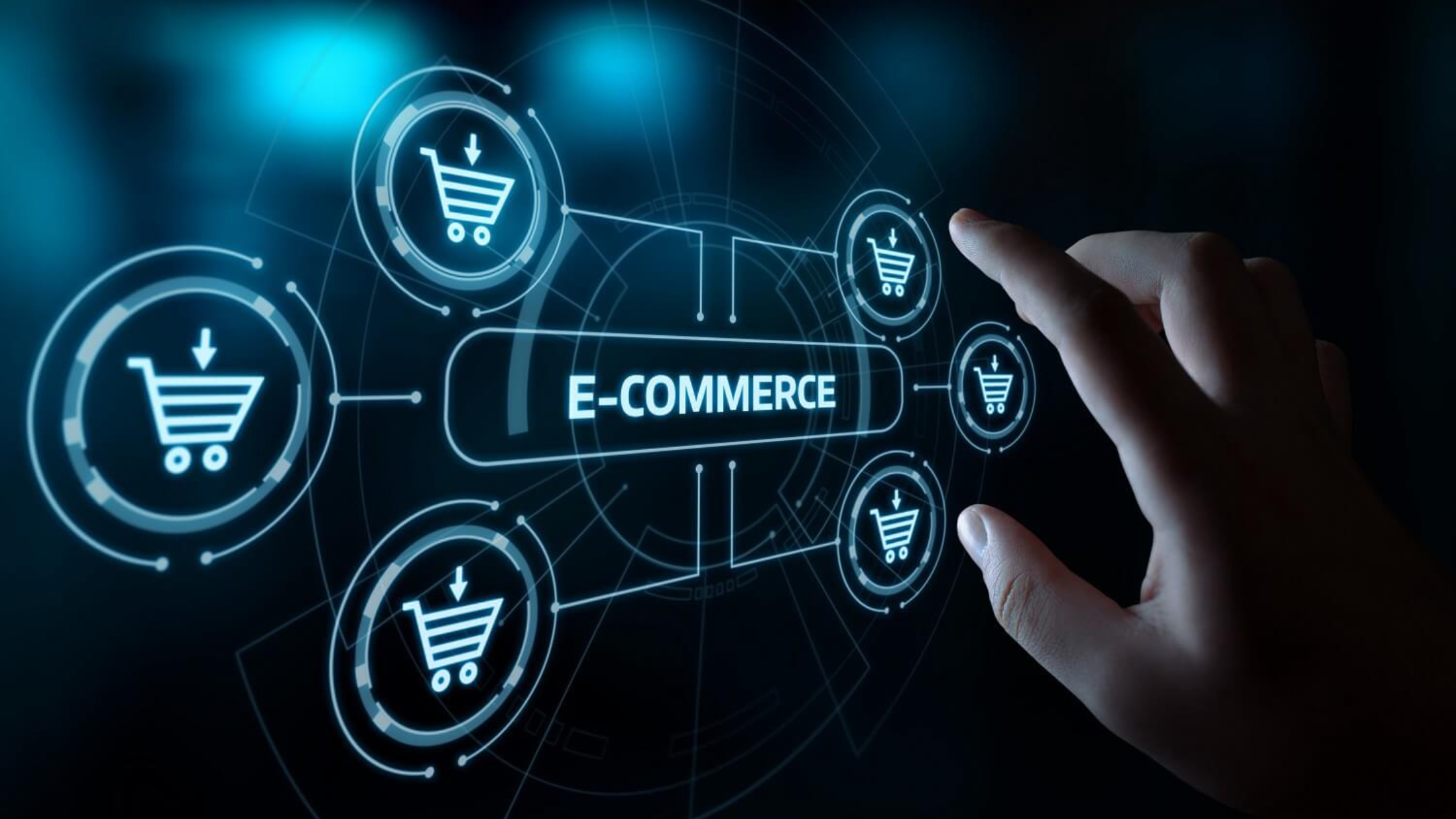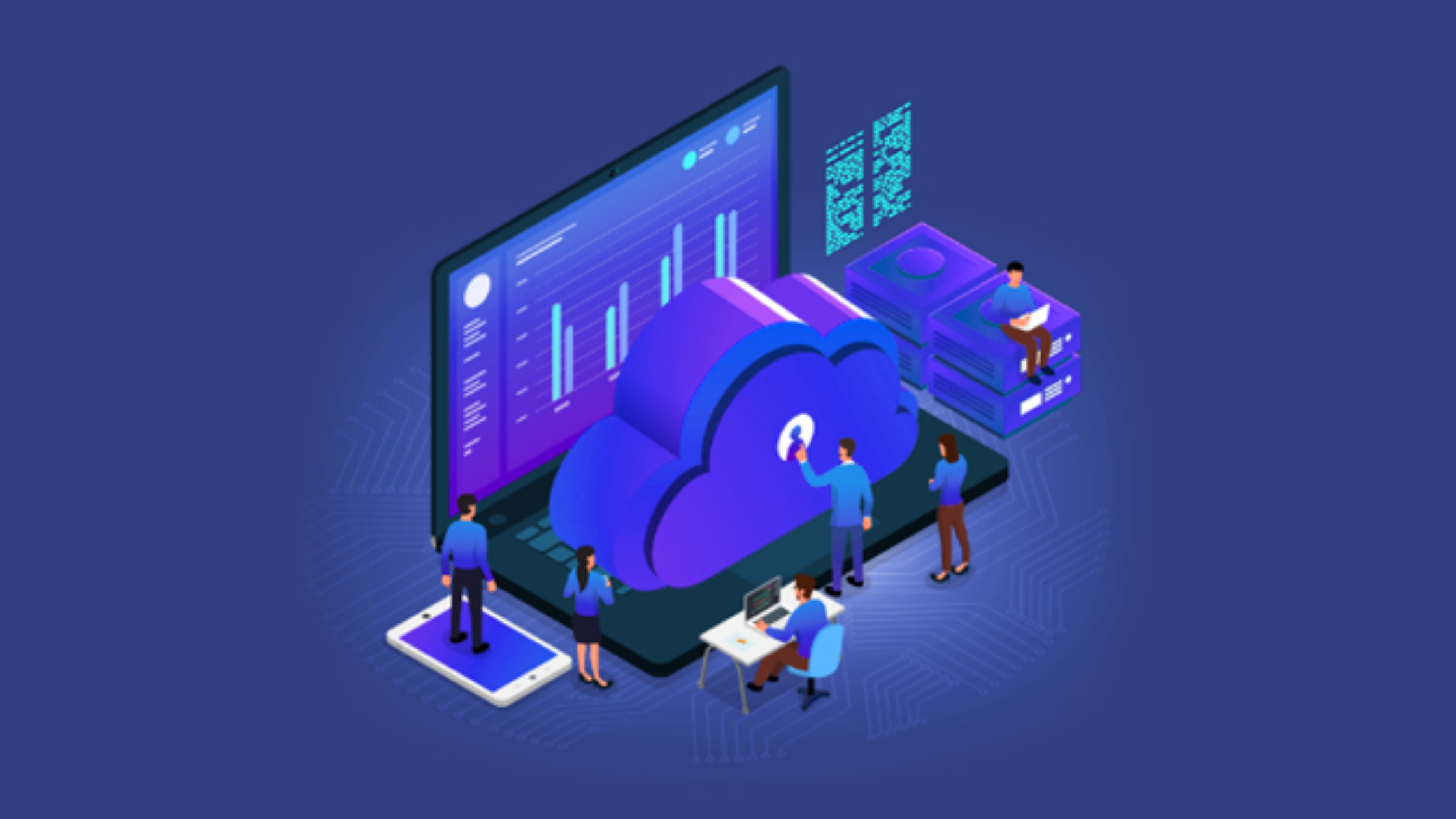Short Summary
Many online stores hit a ceiling after initial success. This blog explores why eCommerce growth slows down and how smart technology solutions from cloud migration to custom development help brands build scalable, high-performing platforms.
You’ve built a great product, set up your online store, and started seeing those first few sales roll in exciting, right? But then something changes. Traffic plateaus, conversions dip, and customers start dropping off halfway through checkout.
What happened? That’s the silent struggle behind most eCommerce growth stories. Starting strong is easy but sustaining momentum as your brand scales? That’s where things get tricky.
Many eCommerce businesses run into invisible barriers, slow websites, clunky integrations, and platforms that buckle under growing demand. The truth is, no matter how good your marketing is, growth stalls when your technology can’t keep up.
And that’s exactly where modern technology solutions step in.
If you’ve been battling unpredictable performance, cart abandonments, or technical bottlenecks, it’s time to rethink your foundation. Let’s break down why eCommerce growth slows down and how smart tech strategies can help you scale without limits.
Why eCommerce Growth Stalls for Most Businesses
Achieving eCommerce growth takes more than marketing campaigns and flashy web design it requires a strong technological backbone. Here are some of the key reasons why many brands struggle to scale.
1. Outdated or Rigid Technology Stack
Most businesses begin with off-the-shelf platforms like Shopify or WooCommerce. These are great for quick launches but can limit flexibility later. Without customization or advanced scalability, even small traffic spikes can crash the site killing momentum and hurting eCommerce growth.
2. Weak Integrations and System Overload
As businesses expand, they add new tools CRMs, payment gateways, ERP systems, and marketing software. Without a unified architecture, these tools don’t communicate properly. The result? Data conflicts, errors, and inefficient workflows that directly block eCommerce growth.
3. Poor User Experience (UX)
Slow load times, cluttered navigation, and weak mobile performance are silent killers. Research shows a one-second delay can reduce conversions by up to 7%. Poor UX makes customers leave before they even explore your products, stunting long-term eCommerce growth.
4. Lack of Real-Time Insights
Data should drive your decisions. When you can’t track customer behavior, sales performance, or marketing ROI effectively, you end up making reactive moves. Without strong analytics tools a core part of modern technology solutions you’re flying blind.
5. Inflexible Infrastructure
A scalable business needs a scalable platform. If your hosting, CMS, or backend can’t handle seasonal spikes or global expansion, your eCommerce growth will always hit a wall.
How the Right Technology Solutions Accelerate eCommerce Growth
The good news: every challenge above can be fixed with the right technology solutions. Forward-thinking brands are shifting from static websites to dynamic, scalable ecosystems that support ongoing eCommerce growth. Here’s how:
1. Build Scalable, Modular Architecture
Modern technology solutions like headless commerce, microservices, and API-first systems allow your platform to evolve as your business grows. This modular design means you can add features, markets, or payment options without overhauling your core system.
Impact: smoother operations, better uptime, and consistent user experiences even during sales peaks all fueling continuous eCommerce growth.
2. Invest in Custom Platform Development
Every brand has unique needs. Custom-built platforms ensure your checkout process, product pages, and inventory systems work exactly how you want.
Custom development gives you:
- Tailored user experiences
- Faster performance and SEO optimization
- Seamless integrations with CRM, ERP, or analytics tools
A customized tech stack adapts to market shifts and customer behavior — creating a foundation for sustainable eCommerce growth.
3. Move to Cloud-Based Infrastructure
Migrating to cloud platforms like AWS or Azure improves performance, scalability, and cost efficiency. Auto-scaling ensures your store runs smoothly during traffic surges a crucial step for eCommerce growth.
Cloud hosting also offers better data protection, uptime, and flexibility the backbone of resilient online stores built for long-term success.
4. Enhance Data Analytics and Automation
Data-driven insights are the fuel for eCommerce growth. By integrating AI and analytics tools, you can predict demand, personalize recommendations, and optimize inventory.
For instance:
- AI-driven search improves conversions
- Automated email journeys increase retention
- Predictive analytics prevent stockouts
With smarter technology solutions, your business moves from guesswork to precision growth.
5. Prioritize UX and Mobile Performance
Fast, frictionless experiences are non-negotiable. Responsive design, lazy loading, and Progressive Web Apps (PWAs) make your store faster and more user-friendly.
A seamless UX keeps users engaged, reduces bounce rates, and supports repeat purchases directly influencing eCommerce growth metrics like AOV (Average Order Value) and CLV (Customer Lifetime Value).
6. Enable Omnichannel Selling
Customers today shop across multiple channels social media, websites, apps, and marketplaces. Omnichannel platforms integrate these touchpoints, ensuring consistent branding and seamless transactions everywhere.
Unified systems help maintain centralized data and customer insights, creating a 360° experience that drives eCommerce growth beyond borders.
ECommerce Growth Through Smart Technology

Building a high-performing eCommerce platform isn’t just about launching a store it’s about creating a system that can adapt, evolve, and scale effortlessly. With the right blend of innovation, strategy, and technical expertise, businesses can unlock faster, more sustainable eCommerce growth.
Here’s how the right technology solutions can make that happen:
- Custom eCommerce Development: Tailor-made platforms built on WooCommerce, Shopify, Magento, or custom tech stacks designed for scalability and performance.
- Performance Optimization: Faster load times, secure transactions, and improved UX that enhance customer engagement and conversions.
- Cloud Infrastructure Setup: Scalable hosting and deployment strategies to handle heavy traffic, large inventories, and global audiences.
- System Integration: Seamless connectivity across CRMs, ERPs, payment gateways, and logistics tools to streamline operations.
- Analytics & Automation: Intelligent dashboards, predictive insights, and AI-powered automation to monitor, refine, and accelerate business performance.
Whether you’re upgrading an existing store or building from the ground up, these strategies ensure that eCommerce growth remains consistent, measurable, and scalable.
The Long-Term Advantage of Scalable eCommerce Platforms
When your platform is optimized with the right technology solutions, growth becomes part of your system not a seasonal surprise.
You get:
- Higher conversion rates from better UX
- Reduced downtime and maintenance costs
- Improved scalability during global expansion
- Smarter decision-making through real-time insights
In short, your technology starts working for your business not against it.
Conclusion
Every eCommerce brand wants growth, but few build the right foundation to sustain it. If your store feels stuck slow, outdated, or limited it’s time to rethink your tech.
Modern technology solutions don’t just fix problems; they create opportunities for exponential eCommerce growth.
Your next level of success starts with a platform designed for performance, scalability, and innovation.
Ready to Scale Smarter?
Let’s turn your platform challenges into opportunities for eCommerce growth.
📩Book a free consultation with Diginnovators today and build the technology backbone your business deserves.







